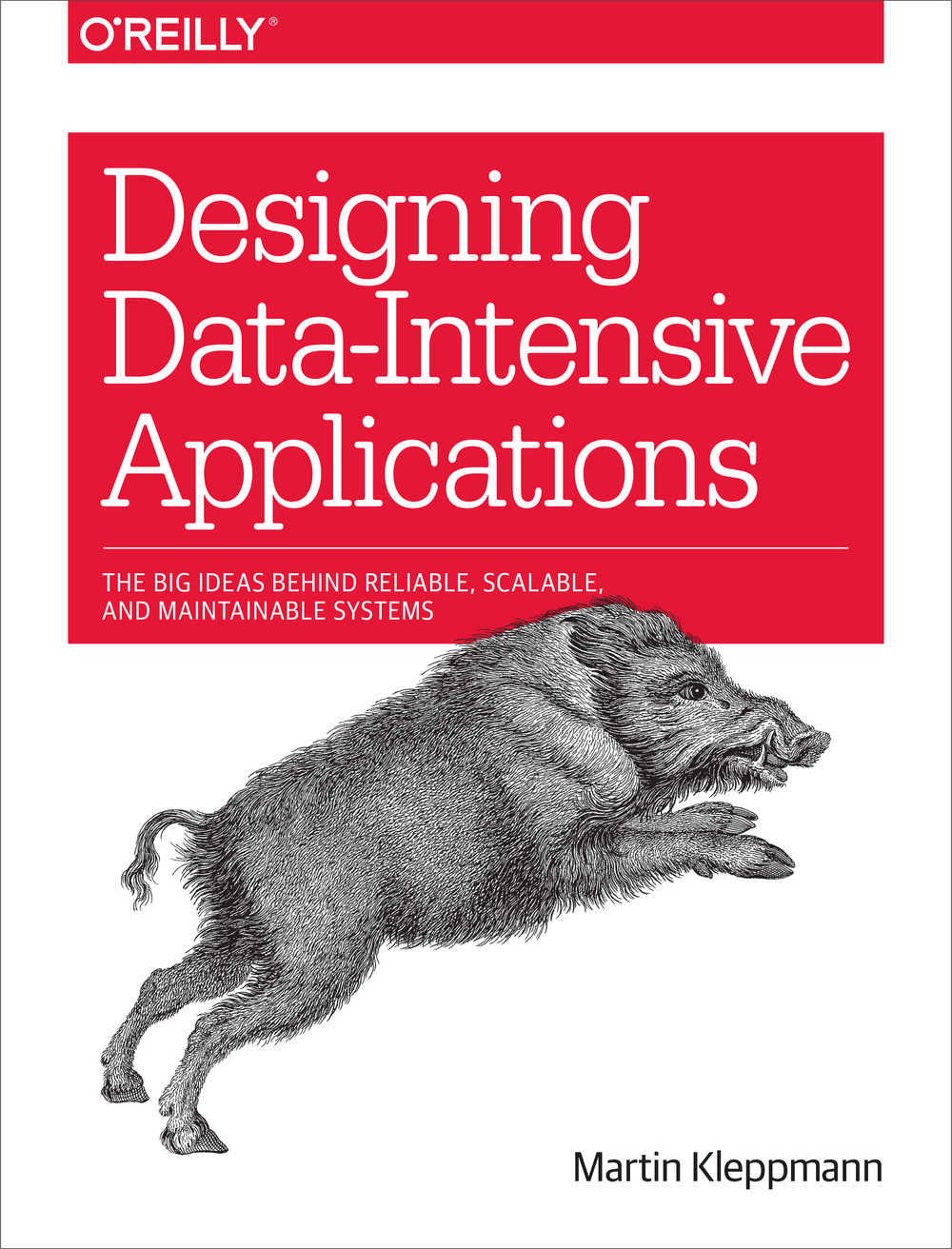](https://www.tony.software/papers/brewers_conjecture_feasibility_consistent_available_partition_tolerant_web_services.png)
Brewer's Conjunction and the Feasibility of Consistent, Available, Partition-Tolerant Web Services
When designing distributed web services, there are three properties that are commonly desired: consistency, availability, and partition tolerance. It is impossible to achieve all three. In this note, we prove this conjecture in the asynchronous network model, and then discuss solutions to this dilemma in the partially synchronous model.
](https://www.tony.software/papers/cap_twelve_years_later.png)

](https://www.tony.software/papers/ethereum_whitepaper.png)
](https://www.tony.software/books/mastering_bitcoin.jpeg)